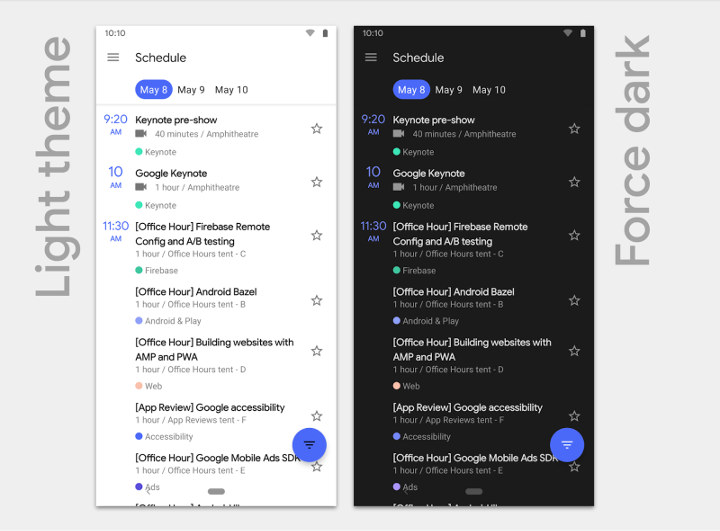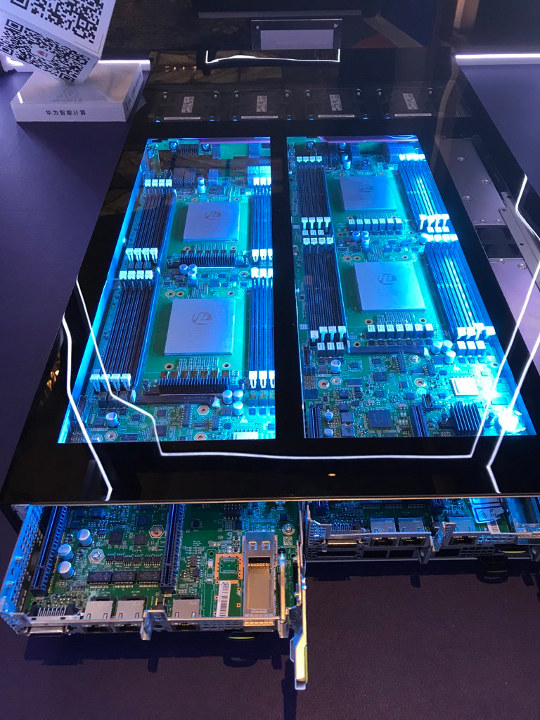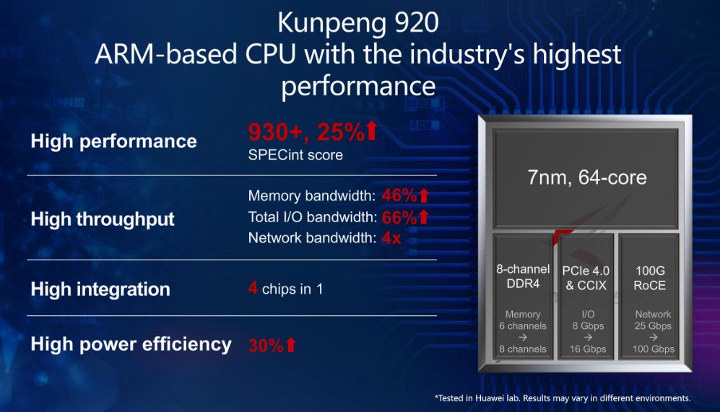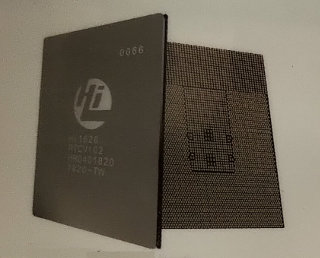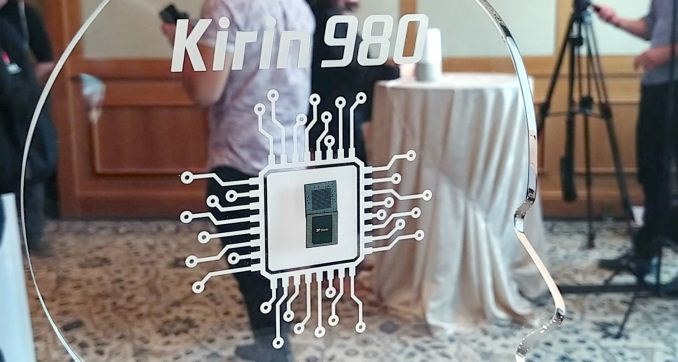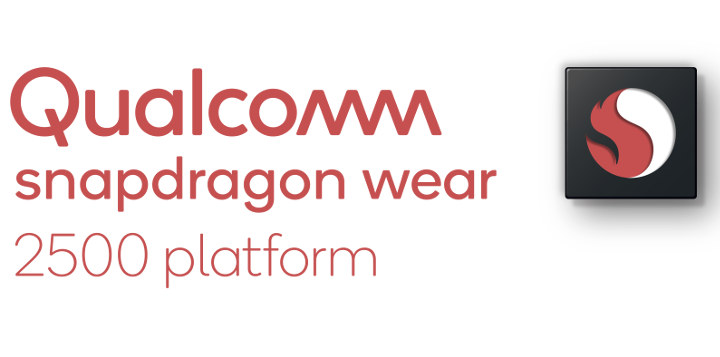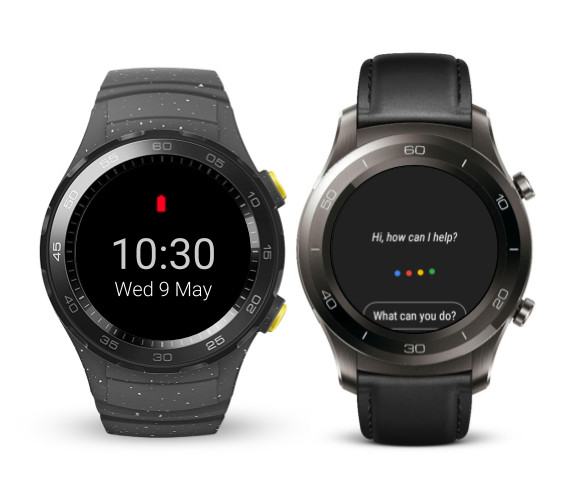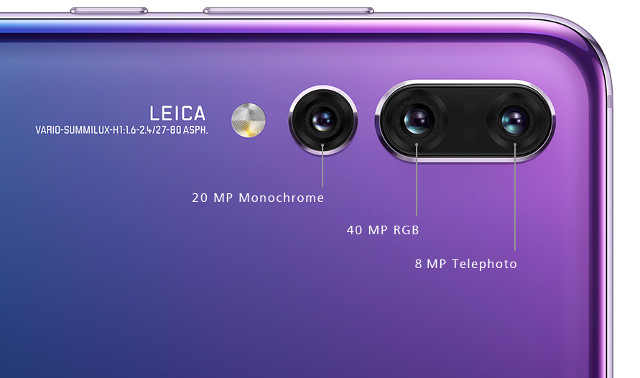Google introduced Android Q in March with the first beta and preview SDK release. The new version of Android introduced more privacy protections, support for foldables, sharing shortcuts, connectivity improvements (e.g. WPA3 security), new camera and multimedia features such as dynamic depth photos and AV1 media codec support, as well as an updated neural network API, higher ART performance, and security improvements. Google has now announced Android 10 Beta 3 with a few new features over the first preview release, and support for 15 OEM phones on top of the 6 Pixel phones already supported. Some of the new improvements in Android 10 Beta 3 include: Scoped Storage feature giving users control over files and preventing apps from accessing sensitive user or app data. See the corresponding developer page for details. Update of BiometricPrompt authentication framework to support biometrics, e.g. face recognition, at a system level. Project Mainline described as […]
Huawei Launches 2U 4-node Taishan X6000 V2 Server with Kunpeng 920 Arm Processor
Back in January, Huawei announced Kunpeng 920 64-core Armv8 server processor as well as three Tianshan servers based on the SoC. But a recent tweet from James Lin, Vice director, Center of HPC, Shanghai Jiao Tong University, claims Huawei launched a 2U 4-node “Taishan” server with Kunpeng 920 (Hi1620) Arm chip a few days ago. That probably means Huawei is now ready to take orders for their new Arm servers. The server pictured above appears to be Taishan X6000 V2 with the following specifications: Form Factor – 2U, 4Node high-density server Server Nodes – Up to 4 XR320 servers with X6000 universal chassis or 4 XA320 V2 servers with X6000 super chassis Power Supply Units 2x 1,500W enhanced hot-swappable AC PSUs for XR320 server nodes 2x 3,000W hot-swappable AC PSUs for XA320 V2 server nodes supporting 1+1 redundancy Power Supply – 100V to 240V AC; 24V DC Fan Modules – […]
Huawei Kunpeng 920 is a 7nm 64-core Armv8 Server Processor
We’ve seen several Armv8 processors for the datacenter launched in recent years from companies like Cavium – now part of Marvell – and Ampere. Another company now joins the fray with Huawei having just introduced their Kunpeng 920 64-core Armv8 processor manufactured with a 7nm process, and offering 8-channel DDR4 RAM, and fast interfaces such as 10GbE and PCIe 4.0. Kunpeng 920 features and specifications: CPU – 64x Armv8 cores clocked at up to 2.6 Ghz delivering a 930 SPECint score Memory I/F – 8x DDR4 @ 2933 MHz for 6 to 8 channels memory Storage – 16x SAS/SATA interfaces High Speed Interfaces – 40x PCIe 4.0 including 16 that can be used for CCIX (Cache Coherent Interconnect for Accelerators); 640 Gbps total bandwidth Networking – 2x 100G RoCE (RDMA over Converged Ethernet) Process – 7nm process The company customized their ARMv8 cores in order to improve performance by optimizing […]
HiSilicon Hi1620 Server SoC to Features up to 64 Arm “Ares” Cores
A few years ago we covered Hisilicon D02 server board powered by the company’s Hip05 SoC with 16 or 32 Arm Cortex A57 cores. I had not seen any updates since then myself, but HiSilicon has released new “TaiShan” Arm based server SoCs every year, and recently unveiled Hi1620, the world’s first 7nm datacenter Arm processor, featuring 24 to 64 Arm “Ares” cores clocked at up to 3.0 GHz. Ares cores are supposed to greatly improve single thread performance in order to compete with x86 server chips. HiSilicon Hi1620 processors specifications: CPU – 24 to 64 Ares ARMv8.2 cores clocked at 2.4 – 3.0 GHz Cache – L1: 64KB I-cache, 64KB D-cache; L2: 512KB private per core, L3: 24-64 shared among cores (1MB/core) Memory – 8x DDR4 channels up to 3200 MHz Interconnect – Coherent SMP interface for 2S & 4S, 3 ports up to 240 Gbit/s per port I/Os […]
HiSilicon Unveils Kirin 980 Octa-core Cortex A76/A55 Processor with Mali-G76 GPU
Arm announced Cortex A76 CPU core and Mali-G76 GPU in June of this year, and in the past, we normally had to wait about a year between the announcement and the actual launch of SoC with the new IP core. But courtesy of HiSilicon (Huawei), we already know of one Cortex A76 processor with Kirin 980 processor featuring three clusters with two high performance Cortex A76 cores, two Cortex A76 cores clocked at a low frequency, and four Cortex A55 efficiency core. The company also added the new Mali-G76 GPU for good measure. Kirin 980 specifications and key features: CPU (DynamIQ clusters) 2x Cortex A76 cores @ up to 2.60 GHz with 512KB L2 cache 2x Cortex A76 cores @ up to 1.92 GHz with 512KB L2 cache 4x Cortex A55 cores @ 1.80 GHz with 128KB L2 cache 4MB shared L3 cache GPU – ARM Mali-G76MP10 @ 720 MHz […]
Snapdragon Wear 2500 Launched for the 4G LTE Kid Watch Market
Qualcomm has made several announcements at Mobile World Congress Shanghai 2018. We’ve already covered Snapdragon 632, 639, and 629 processors for mid- and high-tier smartphones, but the company has also finally announced a new SoC for wearables succeeding Snapdragon Wear 2100. Meet Snapdragon Wear 2500, specifically targeting 4G children watches. Qualcomm is usually not the best company when it comes to releasing technical details about their processors, but here what Snapdragon Wear 2500 specifications should look like: Processor – 4x Arm Cortex A7 GPU – Adreno-class GPU Connectivity – Fifth generation 4G LTE modem with RF front-end (RFFE), location engine, “Bluetooth streaming architecture”, NXP NFC solution Camera I/F – 5MP Ultra-low power sensor hub working with InvenSense sensors Power – Wearable PMIC reducing Rock Bottom Sleep Current (RBSC) by percent, charger, fuel gauge Compact package Snapdragon Wear 2500 is designed for low power with up to 14 percent longer battery […]
Wear OS by Google Developer Preview 2 Adds Actions on Google (AoG) Support and Power-related Enhancements
Google has released the second developer preview of Wear OS by Google – previously known as Android Wear – that adds support for Actions on Google (AoG) and power-related enhancements among other features. The release can be run in the Android Emulator, and firmware images have also been made available for Huawei Watch 2 Bluetooth / Classic Bluetooth. Google Assistant can now support visual cards, follow-on suggestion chips, and text-to-speech on Wear OS, and developers can make use of Actions on Google. The feature does not depend on Android P, and all Wear 2.0 watch will support it. The Android P developer preview, also includes an enhanced battery saver mode during which the watch shows a power-efficient face, and turns off radios, the touch screen, and tilt to wake. Users can check the time by pressing the side button, and get back to normal mode with a long press. In […]
Huawei P20 Pro Smartphone Comes with Three Rear Cameras: Main, Monochrome, and Telephoto
We’ve all seen smartphone with dual camera system for better field of depth, better clarity, and the ability to create effects (bokeh) to blur the background of an image. But three rear system? I had not seen any so far, and that’s exactly what Huawei P20 Pro offers with a main camera (40MP), a telephoto camera (8MP), and a monochrome camera (20 MP). Let’s go through the whole specifications first: Display SoC – HUAWEI Kirin 970 CPU octa-core processor with 4x Cortex A73 @ 2.36 GHz, four Cortex A53 @ 1.8 GHz, Arm Mali-G72MP12, Kirin NPU (Neural Processing Unit) System Memory – 6 GB RAM Storage – 128 GB ROM Display – 6.1″ OLED display with 1080 x 2240 resolution Cellular Connectivity Single SIM Card (CLT-L09C model) or dual SIM Card (CLT-L29C model) LTE TDD / LTE FDD / WCDMA / EDGE / GPRS Wireless Connectivity – 802.11ac 2×2 MIMO, […]


